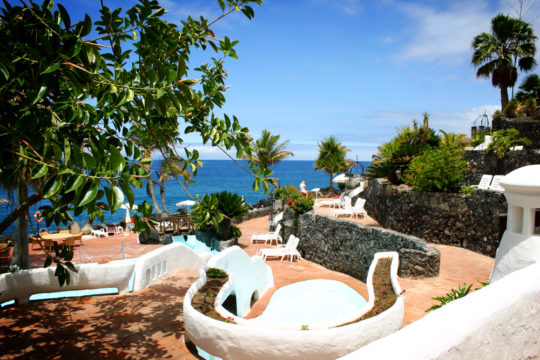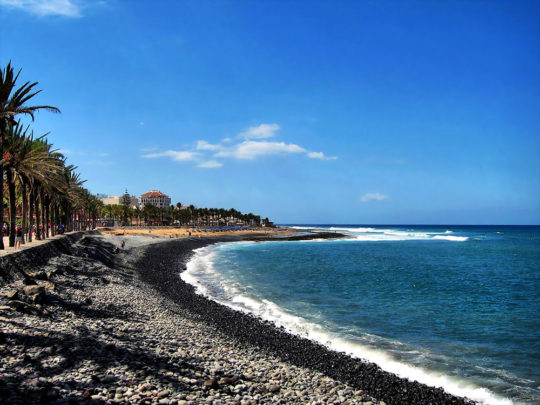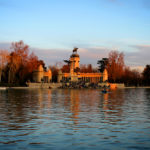5 Irresistible Reasons to Visit the Canary Island of Tenerife
With summer arriving in Sydney, and with an upcoming trip to Fiji planned, beach travel is on my mind! Today, I thought I would revisit Tenerife, which I had a chance to visit right in the middle of final exams for a bit of rest and relaxation back in 2010.

Not a bad student life, eh?
Tenerife is the largest of the Canary Islands, which belong to Spain and are located off the coast of southern Morocco. The island was first settled around 200 BC and was conquered by Spain in the late fifteenth century. During the colonization of the Americas, the Canary Islands were used as a stopping point for most expeditions on their ways to Americas, and many say that the Canary language and culture played an influence on Latin American culture and vice versa.
Feeling nostalgic for my visit several years ago, here are five reasons Tenerife can’t be missed.
1. The Beaches
Tenerife boasts 41.72 miles/67.14 kilometers of beaches, and these beaches, with unforgettable views of clear blue Atlantic water, vary from fine white sand beaches in the south to black pebble beaches in the north. Some of the most popular beach destinations in Tenerife include Playa de las Americas, known as the island’s party capital, Playa Paraiso, a quiet retreat ideal for a relaxing vacation, and Costa Adeje, which offers luxury accommodation and views of the Teide volcano.

Playa de las Americas (photo credit)
2. The Weather
Tenerife is known as the “Island of Eternal Spring,” and rightly so. Its temperatures at sea level rarely get below a monthly average low of 60° F/15° C, making the island an ideal destination year-round, especially if you’re trying to escape the winter cold of Northern Europe or the American East Coast. The cold sea currents surrounding the Canary Islands also keep the coasts from getting too hot in the summer. Who could complain about an eternal spring?
3. El Teide
One of Tenerife’s most important features is Mount Teide, an active volcano at the center of the island. Having last erupted in 1909, El Teide is the highest point in Spain, Spain’s most visited natural wonder, the tenth highest volcano in the world, and the planet’s third highest volcano on a volcanic island. (How’s that for a few superlatives?) The volcano is surrounded by Teide National Park, which is an UNESCO World Heritage Site and makes for some seriously striking hiking scenery.
Stunning timelapse of El Teide by TSO Photography
4. The Prices
With discount airlines like Ryanair and Easyjet flying into Tenerife, relatively inexpensive Spanish food and drink prices, and no shortage of accommodation options that fit your budget, considering how idyllic the island is, it’s a bargain. Pro tip: if you’re looking to feel like you’re splurging on your hotel without spending too much, give First Choice a try. My round-trip flight from Madrid to Tenerife only set me back €25, and I managed to feel like I was living a life of luxury while there, even on a student budget.
5. Carnaval!
Carnaval do Rio de Janeiro and New Orleans’ Mardi Gras may be the first two carnival celebrations most people think of, but the Carnaval de Santa Cruz de Tenerife in the island’s capital certainly rivals those each February. Hundreds of thousands come out each year for a week of elaborate costumes, festive parades, jubilant music, and non-stop partying. Making a return trip for Carnaval while I was living in Spain never worked out for me, but I’d love to see it in person one day.

Tenerife’s Carnaval (photo credit)
Have you been to Tenerife or any of the Canary Islands? How was your experience? And, more importantly, who wants to stash me in their suitcase on their next trip there?









